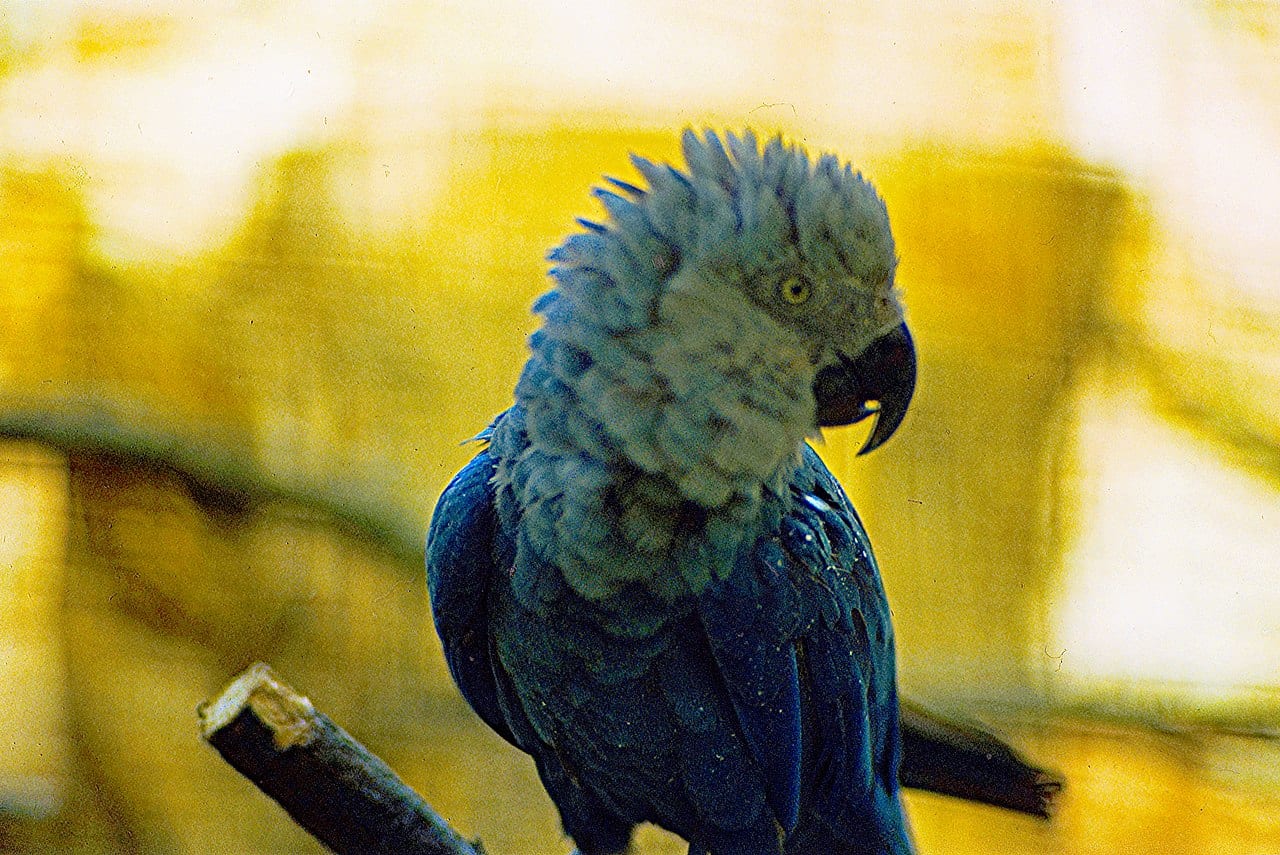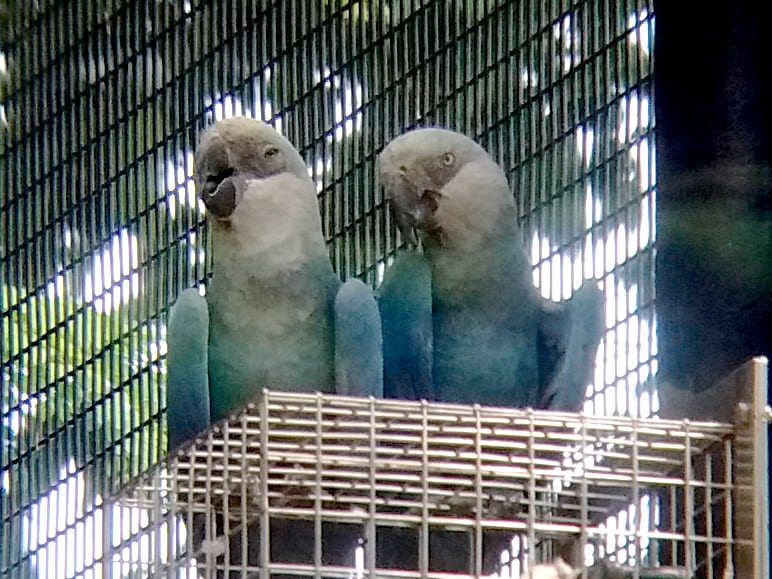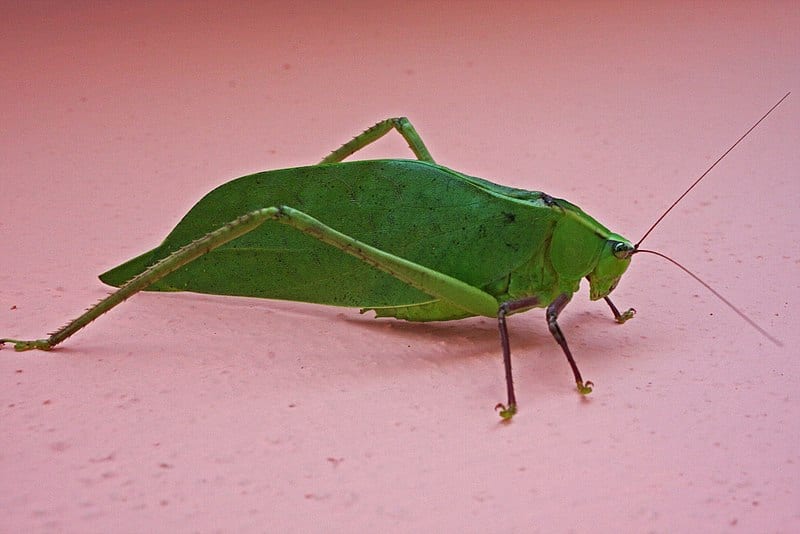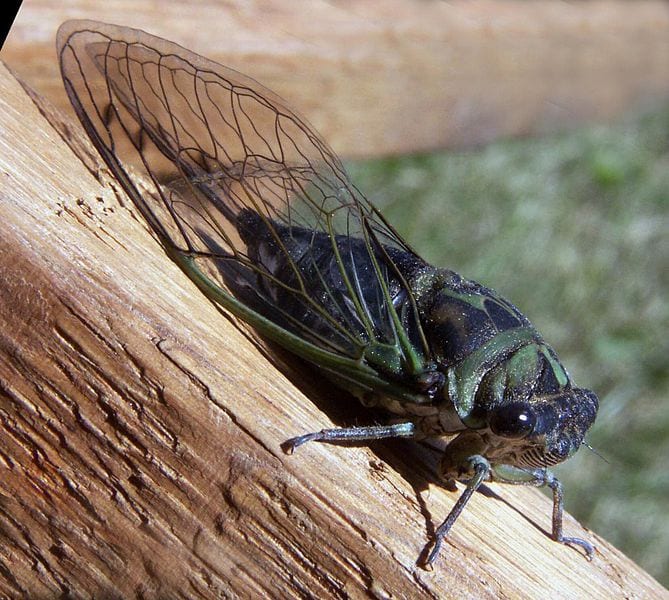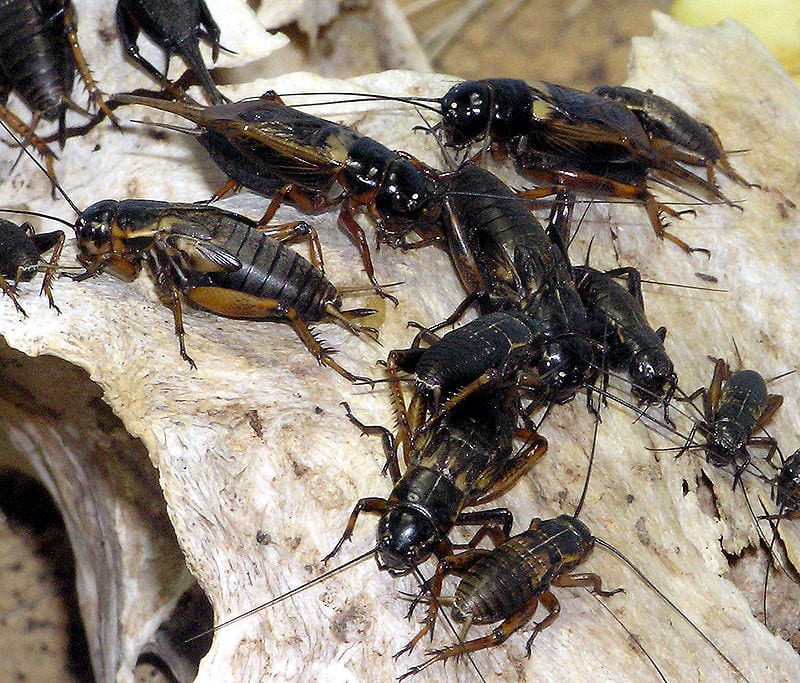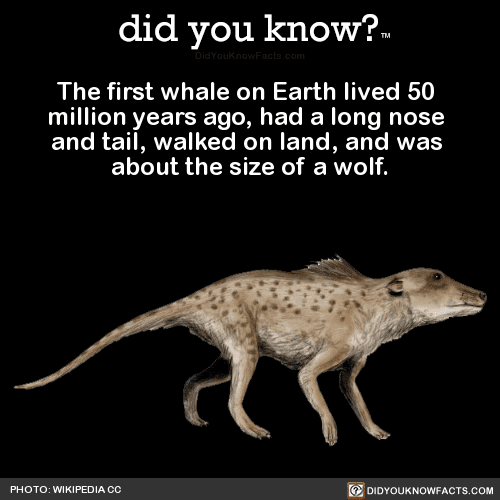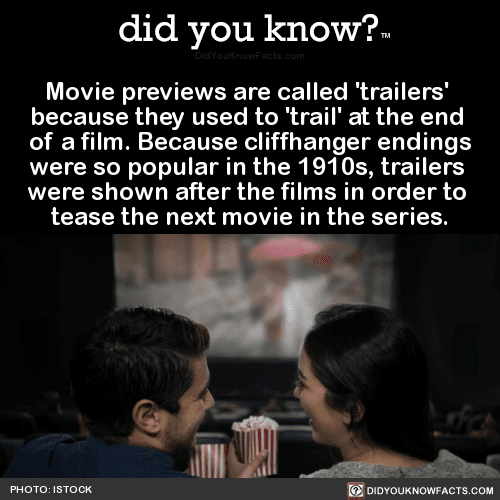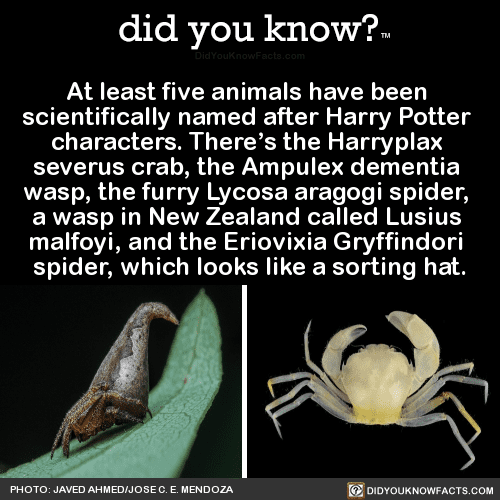You might have already assumed that trade in wild African elephants – and endangered species in general – was illegal, even if it was a zoo that was looking to take one in.
We would have been wrong.
Though hopefully that won’t be the case for much longer.
At the 18th meeting of CITES, the Convention on International Trade in Endangered Species, members from over 180 countries reassessed regulations on international elephant trade. A vast majority of the the representatives voted to end the capture and sale of wild African elephants for display in zoos worldwide.
The issue will go for a vote in front of the full conference, but with 46 of the 83 countries in favor, it looks to have a good chance of passing.
Iris Ho, a senior policy advisor at Humane Society International (HSI), told Bloomberg that everyone in the business of supporting endangered species sees this as a win.
“It’s a huge step forward. It’s really historic that the majority of the parties present recognized that African elephants should not be captured in the wild, sent to zoos and be kept in captivity for the rest of their lives.”
The ban would largely affect countries in southern Africa, where elephant populations are healthier and herds are regularly thinned for the purpose of selling them to zoos. Zimbabwe alone sold over 100 wild-caught baby elephants to China in the past 7 years, and the issue of separating calves from their mothers and the rest of the herd certainly has animal welfare experts concerned.
“Calves suffer psychological and physical harm when taken from their mothers,” explains elephant biologist Audrey Delsink of HSI Africa. “Zoos and other captive facilities force these calves to live in an unnatural, unhealthy environment that doesn’t meet their complex needs.”
Elephant trade has long been a hot topic, with African nations often territorial about managing their own wildlife without outside interference. Black market demands for ivory has drastically increased elephant poaching in the last few decades, though, so organizations like CITES feel as if they have a duty to protect the endangered species as if it belongs to the world, and not only to its endemic areas in Africa.
Over a million species are listed as at risk thanks to all manner of human activity, so committees like CITES are set to have busy years as they work to revamp how different species are protected around the globe.
“Nature’s dangerous decline is unprecedented,” says CITES Secretary General Ivonne Higuero. “Business as usual is no longer an option.”
I feel like that statement applies to environmental challenges all over the globe, and I hope there are people in every nook and cranny waiting to step up to do their part to save us all.
The post Zoos Are No Longer Able to Acquire African Elephants from the Wild appeared first on UberFacts.
 #krugernationalpark . . . . . . #elephant #elephants #krugerpark #kruger #exploresouthafrica #exploreafrica #wild4photosafaris #womenphotographers #canon #canoneos5dmarkiii #canoneos5d #safari #big5 #animalsofkruger #elephantsofkruger #africanelephant #africanelephants #getoutside
#krugernationalpark . . . . . . #elephant #elephants #krugerpark #kruger #exploresouthafrica #exploreafrica #wild4photosafaris #womenphotographers #canon #canoneos5dmarkiii #canoneos5d #safari #big5 #animalsofkruger #elephantsofkruger #africanelephant #africanelephants #getoutside ɪꜰ ʏᴏᴜ ᴡᴀɴᴛ ᴀ ᴅᴀɪʟʏ ᴅᴏꜱᴇ ᴏꜰ ᴘᴀᴡꜱᴏᴍᴇ
ɪꜰ ʏᴏᴜ ᴡᴀɴᴛ ᴀ ᴅᴀɪʟʏ ᴅᴏꜱᴇ ᴏꜰ ᴘᴀᴡꜱᴏᴍᴇ ᴘᴜɢꜱ ɪɴ ʏᴏᴜʀ ʟɪꜰᴇ. ᴜᴘʟᴏᴀᴅɪɴɢ ᴘɪᴄᴛᴜʀᴇꜱ ᴀɴᴅ ᴠɪᴅᴇᴏꜱ ᴅᴀʏ ɪɴ, ᴅᴀʏ ᴏᴜᴛ. • • • • • #pugloversclub #pugslife #puglife #worldofcutepugs #pugsofig #pugsofinstagram #pugrescue #pugsarethebest #obsessedwithpugs #pugobsessed #pugface #pugstyle #puglife
ᴘᴜɢꜱ ɪɴ ʏᴏᴜʀ ʟɪꜰᴇ. ᴜᴘʟᴏᴀᴅɪɴɢ ᴘɪᴄᴛᴜʀᴇꜱ ᴀɴᴅ ᴠɪᴅᴇᴏꜱ ᴅᴀʏ ɪɴ, ᴅᴀʏ ᴏᴜᴛ. • • • • • #pugloversclub #pugslife #puglife #worldofcutepugs #pugsofig #pugsofinstagram #pugrescue #pugsarethebest #obsessedwithpugs #pugobsessed #pugface #pugstyle #puglife
 Hope you’ve seen and liked my Insta stories from the trip to Switzerland and France – I have such a wonderful time here! I am hiking in the mountains, meeting sunsets and sunrises in my cozy tent, swimming in the sea and having a lot of tasty picnics! Ahhh just don’t wanna to come back home!
Hope you’ve seen and liked my Insta stories from the trip to Switzerland and France – I have such a wonderful time here! I am hiking in the mountains, meeting sunsets and sunrises in my cozy tent, swimming in the sea and having a lot of tasty picnics! Ahhh just don’t wanna to come back home! #carpathians
#carpathians

 When I first had the idea about selling my artwork one of my biggest concerns was my packaging and how it would effect the environment! Therefore, after doing some research I found a company @ecocraft_ltd . Eco craft produce bio-degradable packaging bags made from potato/corn starch. They look and feel exactly like cellophane bags,however, are sustainable making my products have a better impact on the environment,meaning less single use plastic!!
When I first had the idea about selling my artwork one of my biggest concerns was my packaging and how it would effect the environment! Therefore, after doing some research I found a company @ecocraft_ltd . Eco craft produce bio-degradable packaging bags made from potato/corn starch. They look and feel exactly like cellophane bags,however, are sustainable making my products have a better impact on the environment,meaning less single use plastic!!  Therefore, all my prints will be packaged using these green bags along with all my postage envelopes that can be recycled.
Therefore, all my prints will be packaged using these green bags along with all my postage envelopes that can be recycled. 
 !
! @zistat Follow
@zistat Follow 